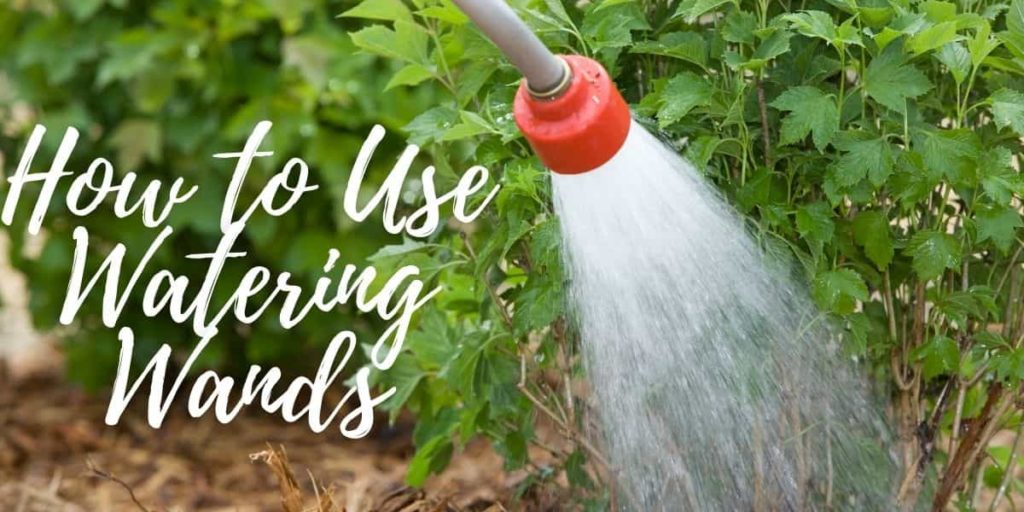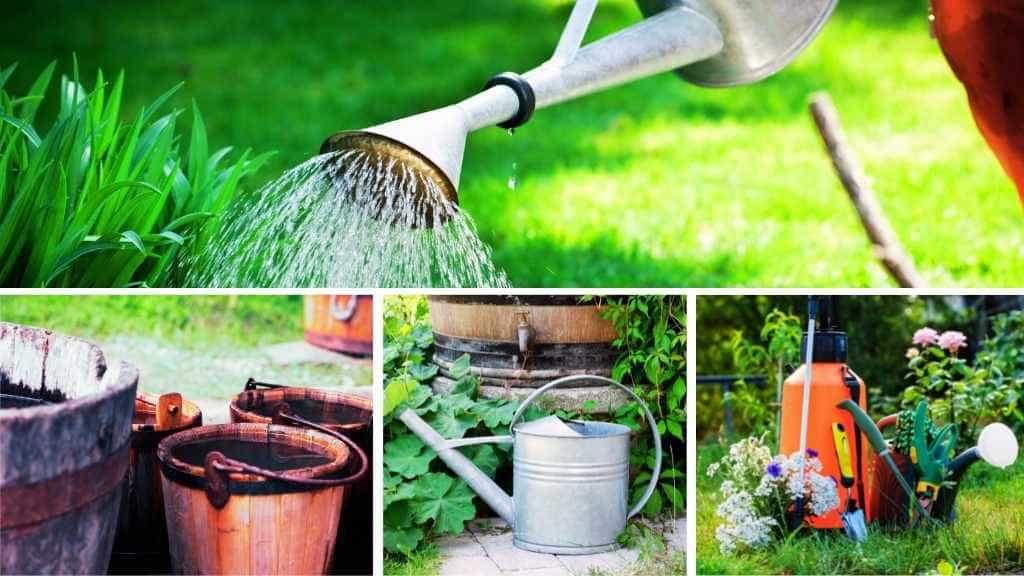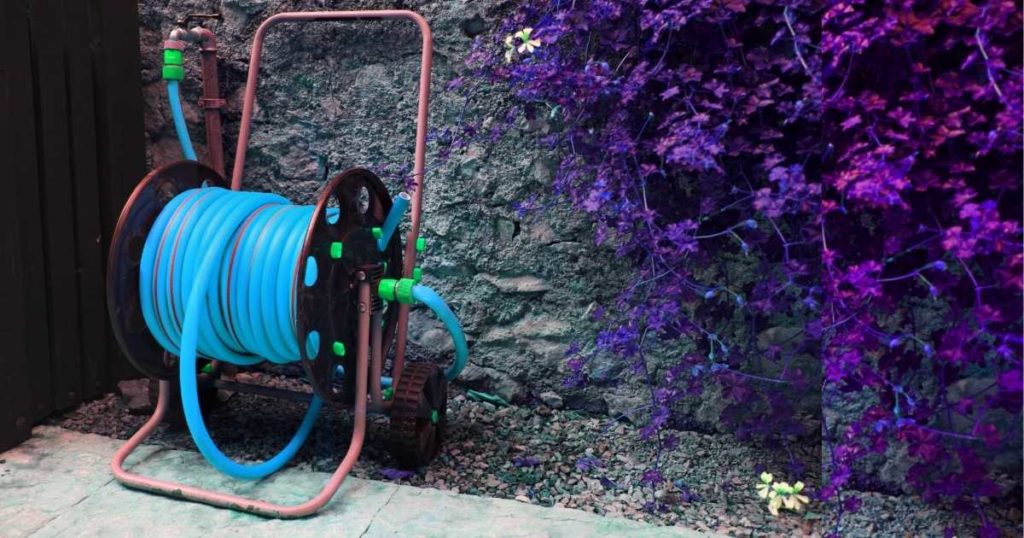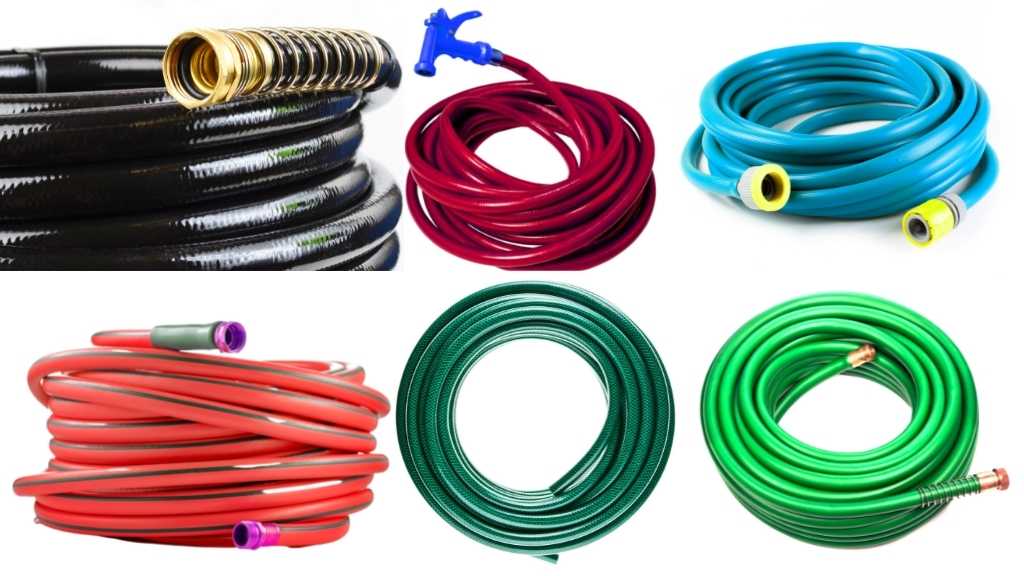Do you have a watering tool that you simply can’t stop using? In our case, the watering tool that we couldn’t do without is the garden watering wand.
If you are not so familiar with what a watering wand for garden hose is, please check our dedicated post here.
In this post, we will talk about how to use watering lances, what are the situation where using a hose wand can make a difference, and what are the main benefits of using these hose-end attachments.
So, let’s dig right in!
Using a water hose wand is very intuitive and very similar to using the other garden hose nozzles that you might have. They are easy to operate and lightweight, which makes the watering wands easy to use for people of all ages.
To use a garden hose watering wand, please follow the below simple steps:
- Turn Off the water from your outdoor faucet and make sure your garden hose is connected to the outdoor faucet.
- Set the watering wand shut off valve or trigger is set to Off position.
- Attach the hose wand to your garden hose male end. You can either simply attach it if the wand connector matches the hose diameter, or you can use a set of quick connectors instead.
- Open the water flow from your faucet.
- Point the wand in a safe direction, not towards the garden plants, at this stage.
- Turn the shut-off valve of the watering wand to fully open. Or action the watering wand trigger, depending on which hose wand model you have.
- Test the water stream strength or the different watering patterns if your garden wand has a turret nozzle.
- Decide which stream type best fits your plant needs and you are ready to start watering!
For the water wands actioned by a trigger, especially, you may notice a clip at the bottom of the water wand grip handle. The purpose of this clip is to hold the trigger in an open position, for a continuous spraying stream, without tiring out your hand. This type of functionality makes the hose wand very simple to use for people with arthritis or disabilities.
Studies have shown that watering the plant foliage is not helping the plants as much as we may think. Plants absorb an insignificant quantity of water from their leaves. As a result, most of the water sprayed on top of the plants will end up evaporating and therefore will result in water waste.
The correct way to water the plants, no matter if these are leafy greens, decorative garden plants, vegetables, or flowers, is to water as near as possible to the plant stem and roots.
Keep this in mind when watering your garden, no matter which type of hose nozzle you use!
Why Use A Watering Wand?
There are a lot of reasons for using watering wands for garden hoses in your day-to-day gardening activities.
These types of hose-end attachments can be used in a diverse range of watering tasks, as well as for any outdoor cleaning action that you may do.
Read more about it below!
Watering hanging baskets
The most popular use for watering lances is for watering hanging baskets or remotely placed plants, that are hard to reach with the standard hose nozzle. For this type of activity, many use the rain-like, soft shower stream of the hose wand, for watering plants and flowers from above.
When it comes to watering hanging plants, as it is hard to check the soil dryness with our fingers, the risk of overwatering is very high. To better understand if your hanging basket needs water, try to lift it with your fingers. If it feels heavy, no water is needed. If it is lightweight, it means the soil is dry and it needs water.
Nevertheless, if you overwater your hanging baskets occasionally, no irreversible damage will happen. But if you are not careful enough, and you keep overwatering them, the flower roots will rot, and you will not be able to fix that.
Our friends often advised us to keep pouring water with the hose lance until it starts dripping from the bottom of the hanging basket. This is not a piece of advice that we took, and you should not take it either.
Another thing to consider is to always try distributing the water from your hose wand as near to the soil as possible. Remember most plants don’t like humidity on their foliage and they can’t absorb that water. The water is always needed as close to the plant roots as possible.
Watering wands are great for watering plant containers and hanging baskets that are not easy to reach otherwise, but the plant watering needs are very important and should be considered with each occasion.
Watering seedlings
Another task that is perfect for a watering lance is to water seedlings with it. The shower stream distributed by the hose wand is very gentle and, therefore, safe to use when watering seedlings. The lance part of the wand allows you to deliver targeted watering, exactly where needed, even in remoter corners of a raised garden bed or plant container. And the stream produced by the rain wand is perfect for fragile young plants and all seedlings in general.
Using the multiple watering patterns of the hose wand
If your garden hose wand has a multipattern spraying nozzle then you can consider using it as any other type of hose nozzle.
There are a lot of jobs you can do by using a garden hose. Most homeowners prefer using a gardening hose not only for watering their plants but also for a large range of cleaning activities.
If your water wand has a turret nozzle, you will automatically have access to different stream spraying types.
These types of hose wands are extremely versatile. They are great for cleaning siding, windows, sidewalks, driveways, patios. But also great for garden watering, just like a standard rain wand. How and when to use it is only up to your personal preferences.
Use a high-pressure spray wand for the garden hose instead of a pressure washer
Have you ever asked yourself if there is a hose nozzle comparable to a pressure washer? Well, there is! If you use a power washer wand for garden hose then you will be able to use it for most of the tasks where you would use a pressure washer. All you need is this type of water wand and a garden hose.
Main Benefits When Using Watering Wands
Easy to operate – no matter which type of maneuvering option your hose wand has, operating it is very intuitive and effortless. You can either switch a shutoff valve to an On/Off position, pull a trigger to release the water flow, or switch the water valve by using a thumb control handle.
Lightweight and durable – most hose wands are sturdy but lightweight, built with high-quality materials. The material used for the hose lance is usually aluminum, as it is durable and lightweight.
Gentle, low-pressure watering – the shower stream of a hose wand resembles the natural raindrop pattern. Your plants will love that!
Directed watering – allows you to water over, under, and around specific outdoor areas or spots, where traditional nozzles can’t reach.
Extending the water flow either horizontally or vertically, allows you to direct the water to different hard-to-reach spots in your garden. It’s long enough to easily water hanging baskets or wash the top of your car or house siding, effortlessly, without doing any heavy lifting.
Multipurpose use – hose wants with multiple watering patterns have the same functionalities as a hose water nozzle. The plus part comes from the lance length, which will allow you to direct water to places impossible to reach with a standard hose nozzle.
Conclusion
There are a lot of reasons for using hose wands. If you don’t have one among your gardening tools, in this post you will find all the information you need to start using one as soon as you can. You will find here a quick list of available water wand models, how to use them and what are the pros of using this type of hose end attachments.
Read more about the main garden watering tools that we use! Check the similar posts section below or check the site menu for the other related categories.



